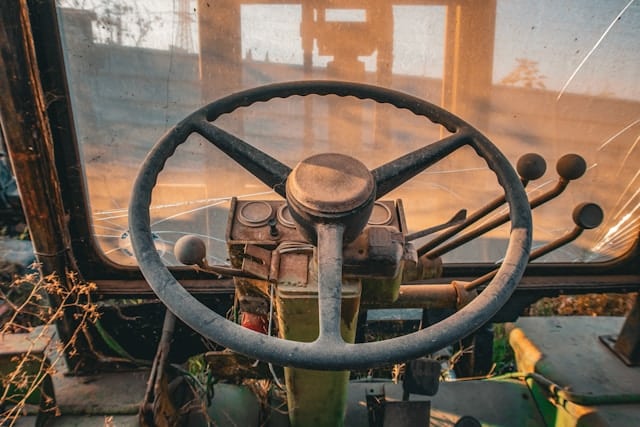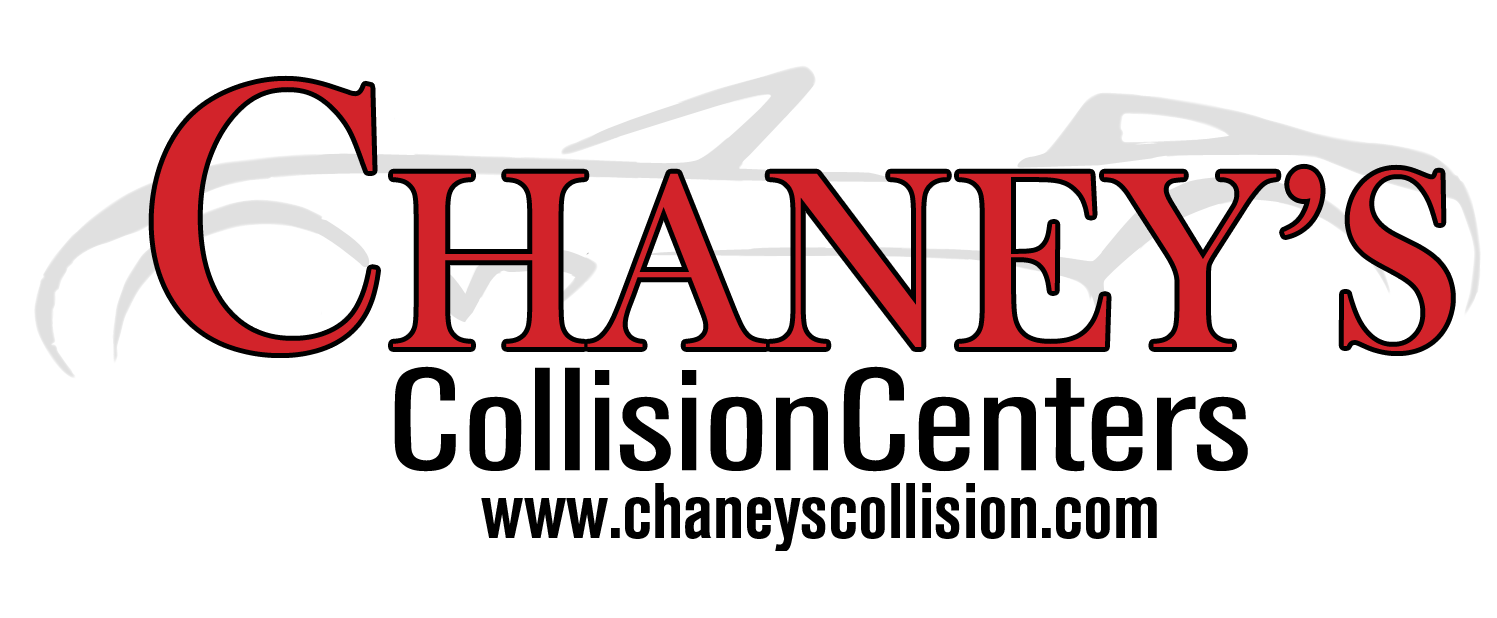Pros and Cons of Using Salvage Parts in Auto Body Repairs
 After an accident, vehicle owners often search for practical ways to save money on necessary repairs without sacrificing reliability. One increasingly popular option is using salvage parts — components sourced from previously damaged or end-of-life vehicles.
After an accident, vehicle owners often search for practical ways to save money on necessary repairs without sacrificing reliability. One increasingly popular option is using salvage parts — components sourced from previously damaged or end-of-life vehicles.
At Chaney’s Collision Centers, understanding the advantages and drawbacks of salvage parts helps our customers make smart, informed decisions about their auto body repairs.
Advantages of Salvage Parts
Significant Cost Savings
Opting for salvage parts can be an economical approach when restoring a vehicle. These components, harvested from vehicles that can no longer be driven, typically cost 50–75% less than brand-new or original equipment manufacturer (OEM) replacements. For older models, where new parts may be scarce or overpriced, salvage parts offer thriftiness without immediately compromising on function.
Availability of Rare and OEM Components
Some vehicles — especially discontinued models or those with unique features — may require parts that are difficult to find new. Salvage yards stock an extensive inventory, enabling technicians to match exact OEM specifications. This accessibility ensures that repairs aren’t delayed while waiting for specialized components to be manufactured or shipped.
Environmental Sustainability
Choosing salvage parts supports eco-friendly repair practices. By recycling existing components, the automotive industry conserves resources, reduces landfill waste, and minimizes the environmental impact associated with manufacturing new parts. Salvage and recycled parts help reduce emissions and the demand for raw materials, contributing to a circular economy.
Drawbacks and Considerations
Variable Quality and Unknown History
The major challenge with salvage parts is uncertainty about their condition and previous usage. Some wear or damage may be hidden despite thorough inspection, and it is impossible to verify a part’s full history, which can present risks. Mechanical or electronic components might look fine but harbor internal issues that become apparent only after installation.
Limited or No Warranty Protection
Unlike new parts, salvage components often come with minimal warranty coverage. It’s sometimes as little as 30 days, if any at all. This limited protection could expose owners to future replacement costs should a part fail. Warranty coverage is a crucial factor to weigh, especially when considering parts for critical vehicle systems.
Possible Delays and Sourcing Challenges
Finding the right salvage part can occasionally take longer than ordering new. Availability depends on current inventory at yards, and parts can get lost, misidentified, or damaged during transport. These sourcing hurdles may delay the repair process, particularly when searching for rare or high-demand components.
Safety and Regulatory Concerns
Regulations often restrict the reuse of certain components, especially safety-related items like airbags or seatbelt assemblies. Non-structural parts—such as doors, mirrors, and panels—are generally considered safe when sourced and inspected properly, but it is vital to rely on a repair shop with rigorous standards to ensure every part is suitable for reuse.
Expert Guidance on Salvage Parts
The team at Chaney’s Collision Centers specializes in meticulous inspection and selection of salvage components. Our technicians verify quality and compatibility, ensuring each part meets safety and durability standards before use. From cost savings to environmental responsibility, we help customers weigh the pros and cons of salvage parts, guaranteeing transparency and reliability throughout every repair.

